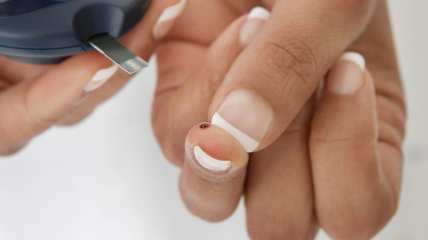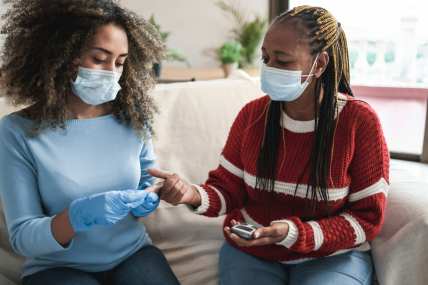‘Unheard’: Serena Valentine on Living With Diabetic Retinopathy
On the new theGrio series, "Unheard," American Diabetes Association advocate Serena Valentine talks about losing her vision because of diabetes.
American Diabetes Association advocate Serena Valenine is a Houston native currently living with a common eye disease: diabetic retinopathy. It results when the blood vessels of the retina are damaged.
In an interview for theGrio’s new series, “Unheard,” Serena shares her journey of living with diabetes, which led to permanent problems with her vision.
“I was diagnosed with diabetes exactly November 29, 2003. I was 20 years old,” says Valentine.“ I remember it like it was yesterday. That was one of the scariest days of my life.”
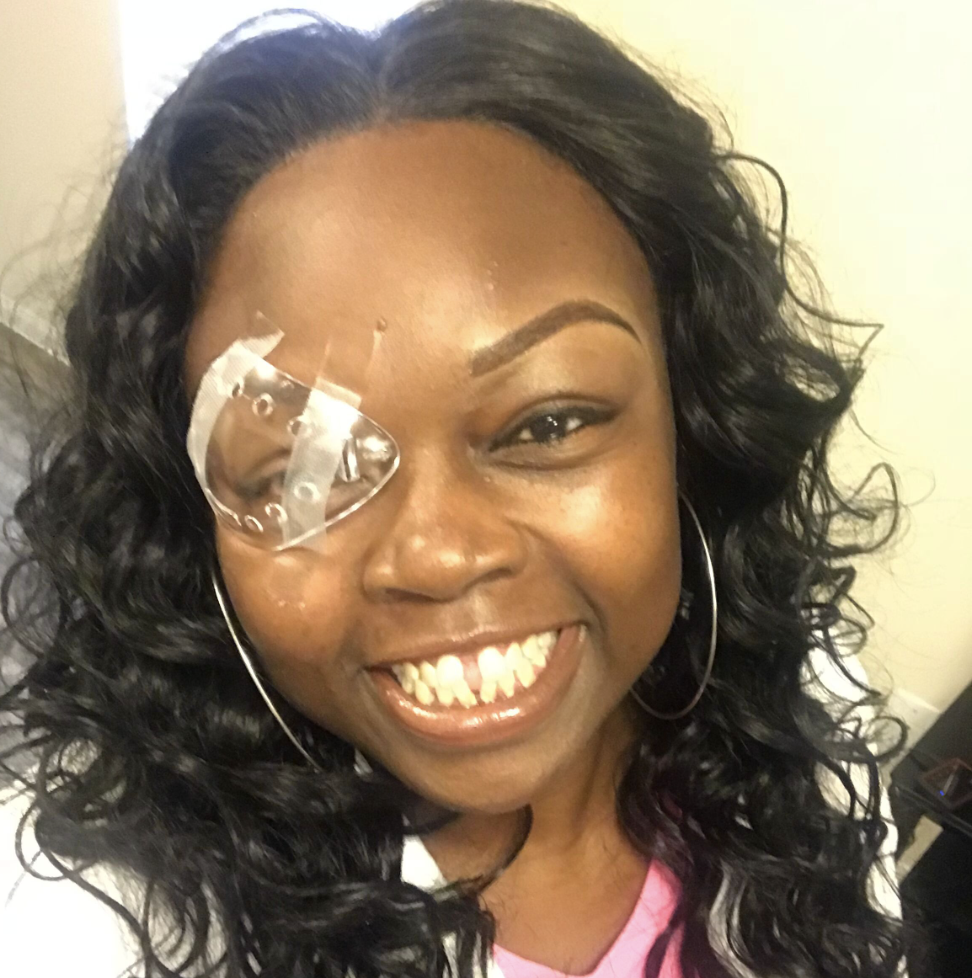
“My friend at the time took me to the ER [emergency room] and my blood sugar was 550. And the doctor asked me, did you know you had diabetes? And I said, ‘no.’
He said, ‘Well, you have diabetes.’”
Over the next 14 years, Valentine didn’t have consistent insurance, preventing her from getting annual eye exams. By the time she got her eyesight checked, her vision had taken a turn for the worse.
“It was 2017 when I started to lose my vision and I started having floaters and, you know, dark spots floating in my right eye,” she explains. “And I noticed it. But at the time, I didn’t have insurance to be able to go and get it checked up.”
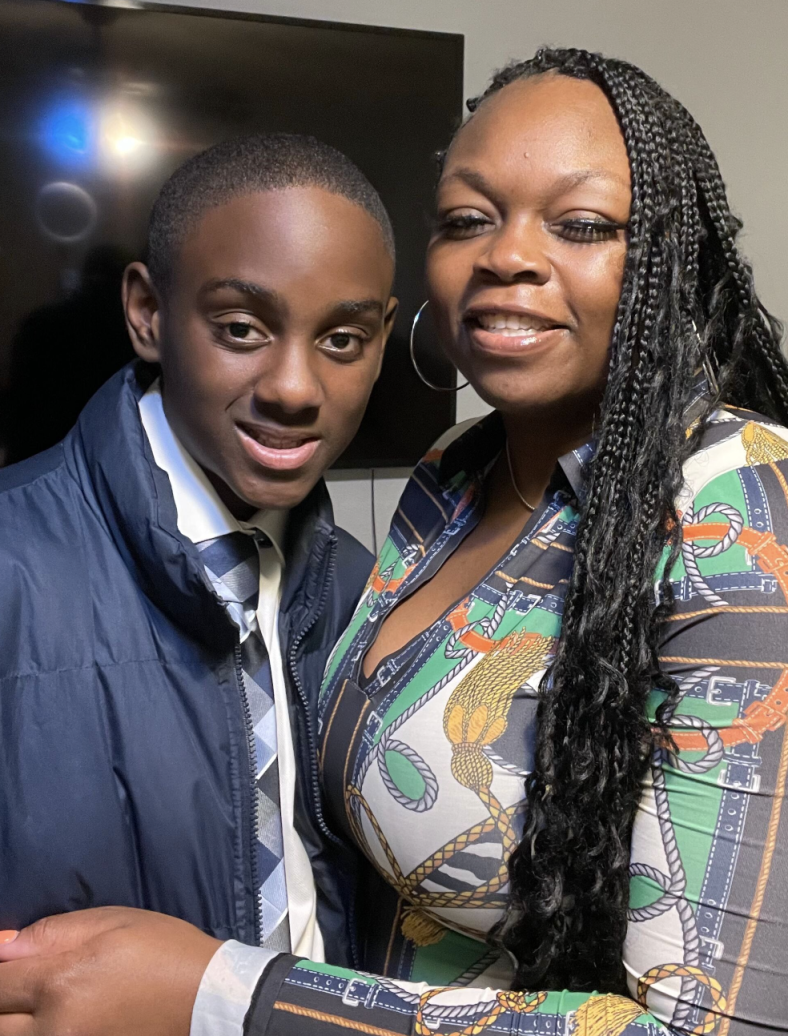
Dr. Garvin Davis, a retinal surgeon at Houston Methodist Hospital, explains how often diabetes patients develop problems with their eyesight.
“So diabetes is the leading cause of preventable blindness in the country. We have a large number of diabetics,” Davis tells theGrio. “So if you ask who’s at risk for diabetic eye disease, pretty much any diabetic, it depends on how well the diabetes is controlled, how long the patient’s had diabetes. But in general, every patient is at risk and poor diabetic control leads to diabetic eye disease.”
Davis continues, “So when we talk about diabetic eye disease, diabetes can affect the eye in several different ways. But the one that bothers patients the most is what we call diabetic retinopathy. So the eye works like a camera, light comes in, it gets focused by the front part of the eye, which is the cornea and the lens onto the film of the eye, which is the retina. So just like a camera, if you have problems with the lens, you can change the lens. But if you have problems with the film of the camera or the retina, then changing the lens doesn’t matter at all.“
Valentine underwent a series of eye procedures, including 11 laser surgeries on her right eye alone. She also had a retinal reattachment surgery because the retina had halfway detached from the back of her eye. Eventually, she lost complete eyesight in her right eye and started having issues in her left.
“At the end of that month of May 2019, I was actually conducting the Diabetes Peer Support group meeting while I was talking. We blinked. I blinked and couldn’t see anything but light,” Valentine says. “And so it was kind of hard to kind of fake it while I was in the meeting so nobody would know. But I made it through the meeting and made it home OK.”
Valentine continues, “My mother was there with me at the time because she would come to my meetings just for support. And she was there and said, ‘Let’s go. Are you ready to go?’ I was like, ‘Mom, I can’t see. She’s like, ‘What do you mean you can’t see? I’ve got to follow you out of this building.’ I made it home, but I couldn’t see. And I stayed that way for nine months.”
Valentine describes her nine months of complete blindness as one of the hardest moments in her life. Along with her mother and brother, her autistic son — who was 8 or 9 at the time — helped her complete day-to-day tasks. Luckily, her vision came back right before much of the world shut down because of the COVID-19 pandemic
“So about February 2020 is right before pandemic lockdowns. I’ll never forget this,” Valentine recalls. “One day, I woke up, and where [before] I could only see light, I could see blurry pictures of certain things like my dresser.”
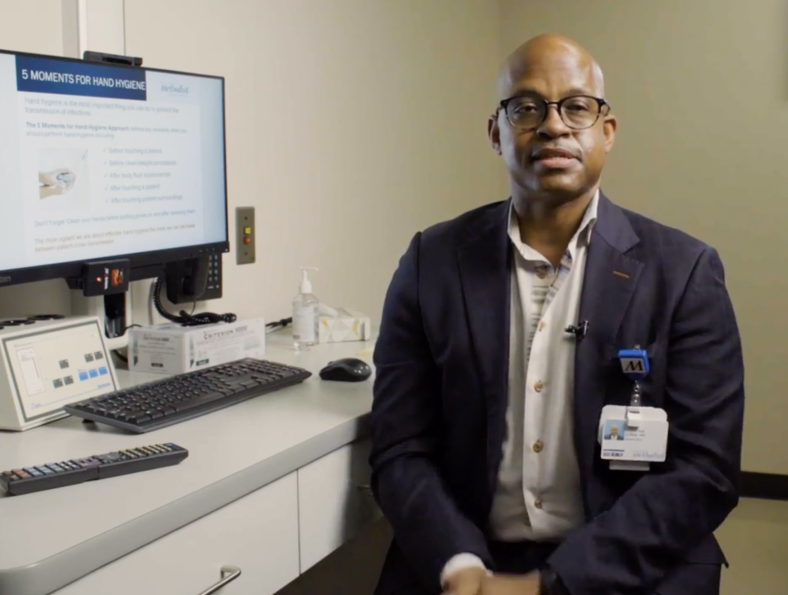
Once the world started to open up again, Valentine began her advocacy work for those who are living with the same ailments. “I work with Prevent Blindness, where they deal with different kinds of vision loss,” she says. “But they also have a group of people who have diabetes as well as vision loss. I do some work with them.“
Valentine encourages everyone who will listen to live healthy lifestyles so they don’t have to deal with the same complications she’s endured.
Davis agrees, noting that making positive lifestyle choices is a step in the right direction. “I always tell my patients, ‘hey, I’m throwing water on this fire that I can show you pictures of. Doesn’t look like a fire. But trust me, it is. And I need you not to throw gas on the fire.”
The doctor gives very specific instructions. “I need you to control your blood sugars, lose weight and exercise,” he advises patients. “Those things have been shown to be very effective. And in combination with that and proper medical care, we can preserve vision in patients in a very satisfying manner.”
Check out the full episode above.
TheGrio is FREE on your TV via Apple TV, Amazon Fire, Roku and Android TV. Also, please download theGrio mobile apps today!
